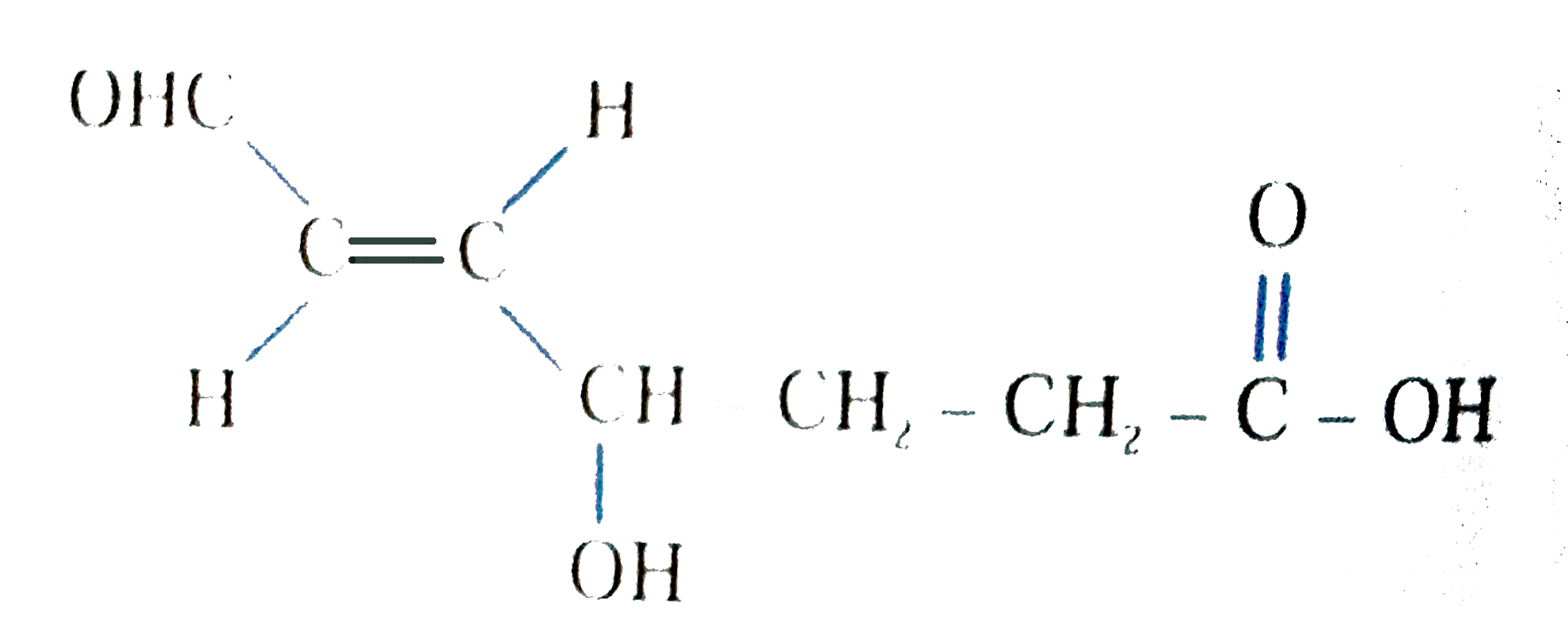The rate for the decomposition of NH3 on platinum surface is zero order. What are the rate of production of N2 and H2 if K=2.5×10−4mollitre−1s−1?
3.75×10−4,1.25×10−4
1.25×10−4,3.75×10−4
1.25×10−4,3.75×104
1.25×104,3.75×10−4
The correct Answer is:B
−12d[NH3]dt=(dN2dt)=13d[H2]dt
Rate =K[NH3]0
d[NH3]dt=2.5×10−4mol.ltr−1s−1
d[N2]dt=12×2.5×10−4=1.25×10−4
d[H2]dt=32×2.5×10−4=3.75×10−4
Topper's Solved these Questions
- BOOK - NARAYNACHAPTER - CHEMICAL KINETICS EXERCISE - EXERCISE -2 (C.W) ORDER OF REACTION16videos
CHEMICAL KINETICS
- BOOK - NARAYNACHAPTER - CHEMICAL KINETICS EXERCISE - EXERCISE -2 (C.W) HALF LIFE4videos
CHEMICAL KINETICS
- BOOK - NARAYNACHAPTER - CHEMICAL KINETICS EXERCISE - EXERCISE -1 (H.W) COLLISION THEORY4videos
CHEMICAL KINETICS
- BOOK - NARAYNACHAPTER - CARBOXYLIC ACIDEXERCISE - All Questions288videos
CARBOXYLIC ACID
- BOOK - NARAYNACHAPTER - CHEMISTRY IN EVERYDAY LIFEEXERCISE - ASSERTION & REASON TYPE QUESTIONS10videos
CHEMISTRY IN EVERYDAY LIFE
Similar Questions
The decomposition of CH3OH occurs as CH3CHO(g)→CH4(g)+CO(g), the kinetic data provided is

The rate expression thus can be given as05:14View SolutionThe half life period of a first order reaction is 10 minutes . The time required for the concentration of the reactant to change from 0.08 M to 0.02is :
02:43View SolutionConsider the energy profile, for the reaction x+y→R+S .Which of the following deduction about reaction is not correct?
 05:14View Solution
05:14View SolutionProvide IUPAC name of the compound given below.
 07:44View Solution
07:44View Solution(A) Analgesics bring down body temperature during high fever.
(R ) Tetracyclin is a tranquillizer.04:18View SolutionThe rate for the decomposition of NH_(3) on platinum surface is zero order. What are the rate of production of N_(2) and H_(2) if K = 2.5 xx 10^(-4) mol litre^(-1)s^(-1) ?
View SolutionThe decomposition of NH3 on platinum surface is zero order reaction the rate of production of H2 is (k=2.5×10−4Ms−1)
03:20View SolutionThe rate of decomposition of NH_(3) on platinum surface is zero order. What are rate of production of N_(2) and H_(2) if k=2.5 xx 10^(-4)Ms^(-) ?
View Solutionप्लैटिनम सतह पर NH3 का अपघटन शून्य कोटि की अभिक्रिया है N2 एवं H2 के उत्पादन की दर कया होगी। जब k मान 2.5×10−4molL−1s−1 हो।
View Solutionप्लैटिनम सतह पर NH3 का अपघटन शून्य कोटि की अभिक्रिया है। N2 एवं H2 के उत्पादन की दर क्या होगी जब k का मान 2.5×10−4molL−1s−1 हो?
View SolutionThe decomposition of NH_3 on platinum surface is zero· order with rate constant k = 2.5 xx 10^(-4) mol L^(-1) s^(-1) . The rate of production of H_2 will be
07:00View SolutionThe decomposition of NH_(3) on platinum surface is zero order reaction. What are the rates of production of N_(2) and H_(2) if k=2.5xx10^(-4)mol^(-1)"L s"^(-1) ?
02:35View SolutionThe decomposition of NH3 on platinum surface is zero order reaction what are the rates of production of N2 and H2 if k=2.5×10−4mol−1Ls−1.
03:17View SolutionThe decomposition of NH_(3) on platinum surface is zero reaction. What are the rate of production of N_(2) and H_(2) is K=2.5xx10^(-4)"mol L"^(-1)s^(-1) ?
02:22View Solutionप्लैटिनम सतह पर NH3 का अपघटन शून्य कोटि की अभिक्रिया है । N2 एवं H2 के उत्पादन की दर क्या होगी जब k का मान 2.5×10−4molL−1s−1 हो ?
View SolutionThe decomposition of NH_(3) on platinum surface is zero order reaction. What are the rates of production of N_(2) and H_(2) " if " k=2.5xx10^(-4)"mol"^(-1).L.s^(-1) ?
View Solution

